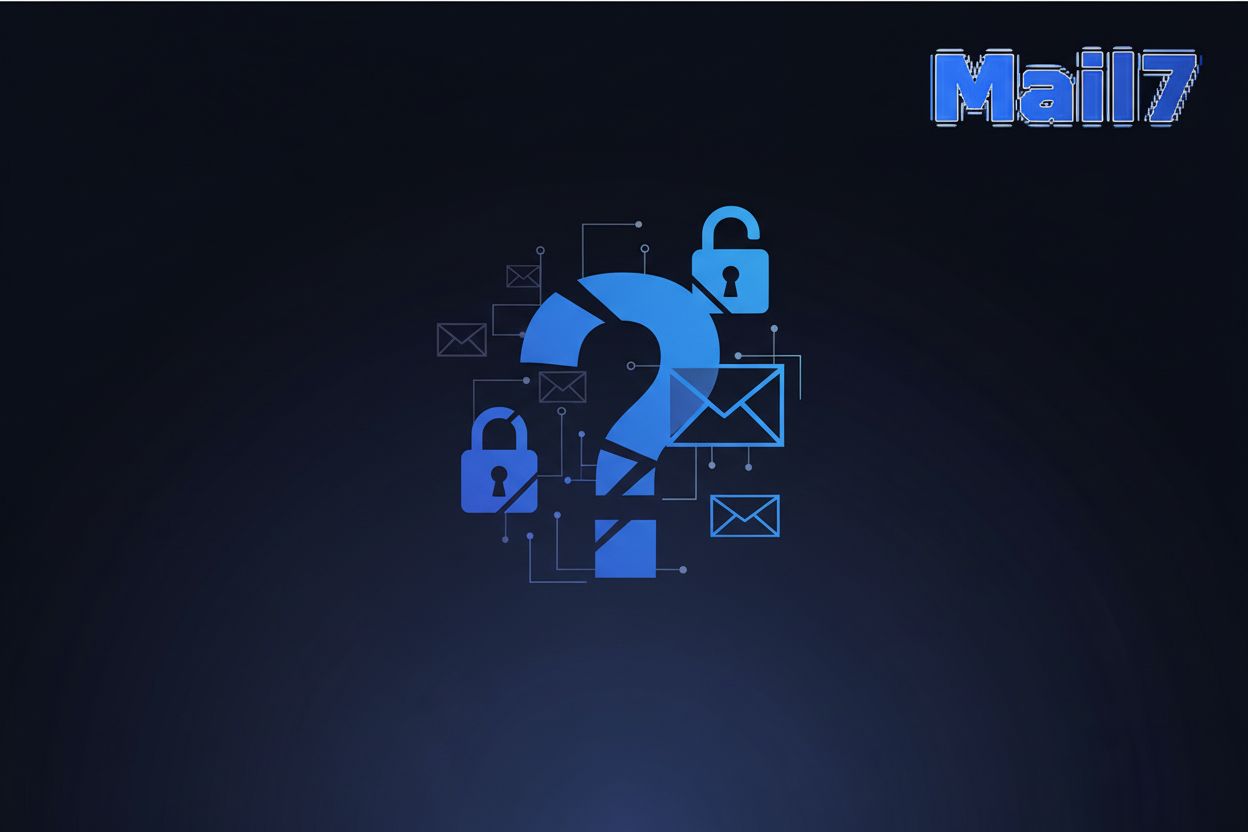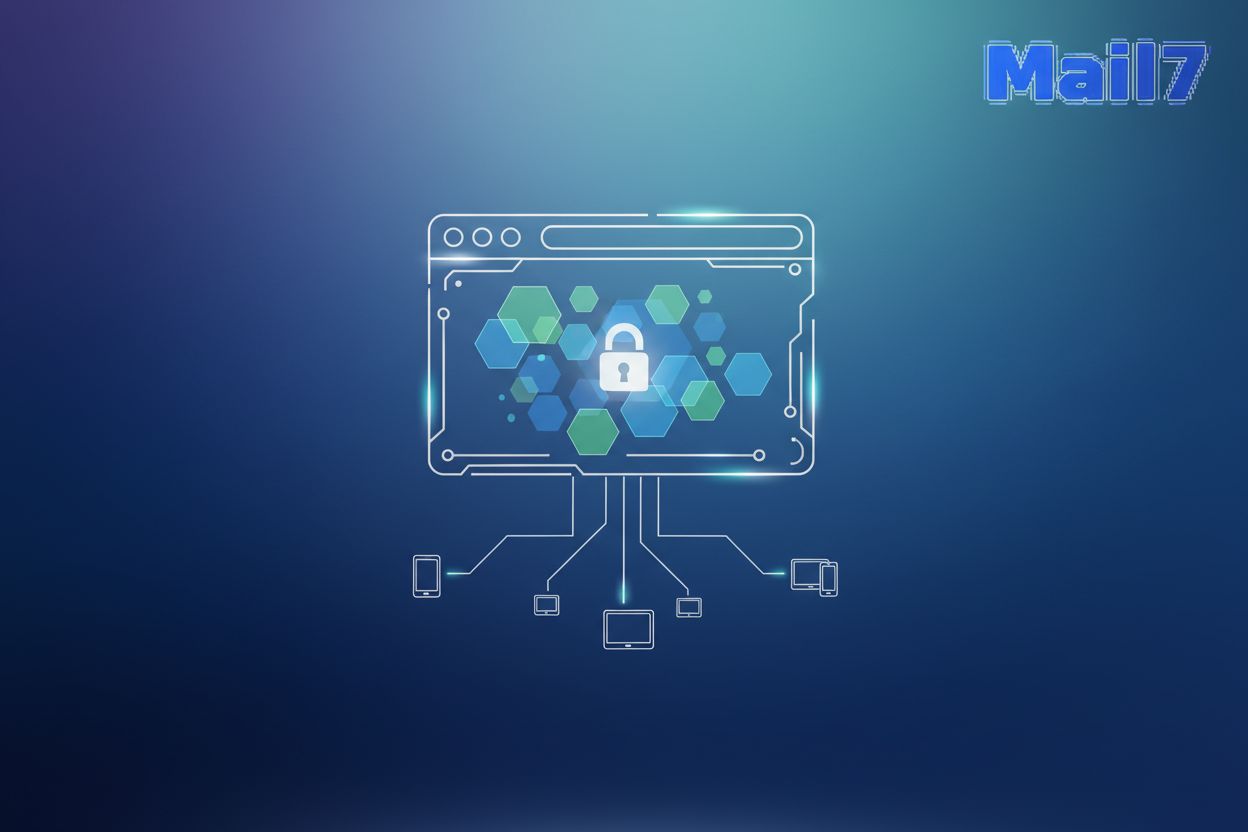Mastering Email Address Validation Techniques A Developer's Guide
TL;DR
The Imperative of Email Address Validation in Modern Development
Alright, so why bother validating email addresses these days? It seems kinda obvious, but it's more critical than you might think. The core problem it solves is ensuring your communications reach their intended recipients, preventing wasted resources and maintaining your sender reputation.
- First off, it slashes bounce rates. Like, imagine sending out a bunch of emails only for a chunk of 'em to bounce back. Not great, right? Validating makes sure you're actually hitting real inboxes.
- Then there's the whole data accuracy thing. Do you really want a list full of typos and fake emails messing up your analytics? Probably not! Validating keeps your email list clean and useful.
- And think about your sender reputation! If you're constantly emailing dead addresses, email providers will start to think you're a spammer. As FullEnrich notes, a good sender reputation boosts delivery and open rates. (How Email Sender Reputation Affects Email Deliverability - Mailchimp)
Validation is more about the format – does the email look right? Verification goes deeper – does that email actually exist and can it receive mail? It's easy to mix these up, but they're not the same thing. According to Alore, validation is the first line of defense, while verification is more in-depth. (Understanding Verification, Validation, and Cybersecurity Testing) For example, validating an email like [email protected] confirms it follows the correct structure. Verifying it would involve checking if [email protected] is an active mailbox. Validation is often sufficient for initial data entry, but verification is crucial before sending time-sensitive or marketing emails.
Basically, both is essential for a healthy email ecosystem if you ask me. Next up, we'll dive into the structural aspects of email addresses as the next logical step.
Dissecting Email Address Structure Format Rules and Common Patterns
Ever wondered if that email address really looks right? It's more than just spotting typos, and it's where validation starts.
Email addresses are like digital fingerprints, each with a specific structure. You got the local part (that's the username) and the domain part (where the email lives).
- The local part, that username bit, it can have letters, numbers, and some special characters. There are limits though, like no starting or ending with a dot. RFC specifications outline a more comprehensive set of allowed characters and rules, but generally, you'll see periods, hyphens, and underscores used.
- Then, the domain; it's gotta follow domain name rules. Letters, numbers, hyphens are cool, but there's a length limit and tlds (Top-Level Domains) to think about. TLDs are the suffixes at the end of domain names, like
.comfor commercial entities,.orgfor organizations,.netfor networks, and many country-specific ones like.ukor.ca.
You start seein' patterns once you look at enough emails. Personal ones, like [email protected], business ones like [email protected], or even role-based ones like [email protected]. Spotting these patterns is a first step to validation, but it's only the beginning, you know?
So, you've got the basics of email structure down, now what? Next, we'll get into the nitty-gritty of manual validation techniques.
Manual Email Validation Techniques A Deep Dive
Manual email validation? Sounds like a drag, right? But sometimes, you just gotta get your hands dirty.
- First, you got syntax checking. This is where you make sure the email looks right. Does it have an @ symbol? Are there weird characters in the username? Does the domain have a tld?
- Next up is domain verification. This checks if the domain actually exists. You can use a WHOIS lookup to see if it's registered, or check for mx records (Mail Exchanger records) to make sure it can receive emails. MX records tell mail servers where to send email for a domain.
- Then there's mailbox existence verification. This is trickier, because you're trying to see if the mailbox exists on the server. It involves using an smtp (Simple Mail Transfer Protocol) connection. SMTP is the standard protocol for sending emails. In this context, you're essentially trying to initiate a connection to the mail server and see if it accepts the recipient's address. However, this can get complicated and sometimes give you false answers. For instance, some servers might accept any address to avoid revealing which ones are valid, leading to false positives. Others might temporarily reject valid addresses due to server load, causing false negatives.
You can also try searching the email address on search engines. See if it pops up on social media or in online directories. It's not foolproof, but it can give you clues.
Manual validation is cheap if you have a small list, but it eats up time. And let's be real, you're gonna make mistakes. It ain't scalable, that's for sure.
So, manual validation is a decent starting point, but it's slow and has its limits. Now let's look to automated methods.
Automated Email Validation Tools and Services Streamlining the Process
Automated email validation – sounds kinda fancy, right? It's basically like having a robot that sniffs out bad email addresses for you. Saves a ton of time, trust me.
Automated tools streamline the whole email validation process, so you don't have to manually check every single address. These tools come in different flavors:
Standalone Apps: These are typically desktop applications you install and use to upload and process lists. They offer more control and can be good for offline processing.
Web-Based Services: These are accessed through a web browser, making them convenient and accessible from anywhere. They often offer user-friendly interfaces and are great for quick uploads and checks.
API Integrations: These allow you to plug validation services directly into your existing applications, websites, or workflows. This is ideal for real-time validation during user sign-ups or form submissions.
Bulk email verification is a lifesaver for cleaning up huge lists at once. Imagine trying to do that by hand, yikes!.
Real-time validation catches those typos and bogus entries right when they're entered – like, on a signup form.
And the ability to integrate with crm and email marketing platforms? That's where it really gets powerful, keeping your data clean across the board.
You've probably heard of some of the big players like zerobounce, neverbounce, clearout, and emaillistverify. They all do pretty much the same thing but with different features and price points. When choosing, consider factors like accuracy rates, speed, data security, and the specific features you need, such as catch-all domain handling or role account detection.
Sure, automated validation is fast and can handle big lists, but it's not free. Plus, you're trusting a third-party service with your data, which some folks are wary of. Still, the time and effort it saves is often worth it.
- Speed and scale are the biggest wins, especially if you're dealing with thousands of emails.
- But keep an eye on potential costs and make sure you're cool with relying on someone else's service.
As Alore.io points out, you want to ensure that your emails are reaching genuine, active users.
So, how do you make sure you're getting the most outta these fancy tools? Next, we'll look at some best practices for email validation.
Email Validation Best Practices Ensuring a Clean and Effective List
Okay, you're using automated email validation, but are you really using it right? It's not just about having the tool, it's about how you wield it.
- First off, think about real-time validation. Catching those typos as they happen on signup forms is way better than cleaning up a messy list later. if you ask me. For instance, a healthcare provider can use real-time validation to ensure patients enter correct contact info, reducing appointment reminder failures.
- Next, it's gotta be about regular maintenance. Email lists decay faster than you think; setting up a schedule to purge those bounced or inactive addresses is key. A retail business might schedule monthly list cleaning to improve promotional email engagement, for example.
- Then there's the issue of those pesky disposable email addresses. Blocking common temp email providers keeps your list legit. A finance app could block disposable emails to prevent fraudulent account creation, for example.
- Also, consider role-based addresses (like sales@ or info@). Decide if you want 'em; they can be engagement black holes, but sometimes they're essential. An online education platform might decide to include role-based addresses for universities, but exclude them for individual sign-ups.
- Finally, don't go overboard with the rules! You don't want to frustrate users and accidentally block valid addresses. Helpful error messages are your friend. For example, instead of "Invalid email," try "Please enter a valid email address, like [email protected]."
This JavaScript code is an example of client-side validation, providing immediate feedback to users as they type.
function validateEmail(email) {
const re = /^[^\s@]+@[^\s@]+\.[^\s@]+$/;
return re.test(String(email).toLowerCase());
}
And then, for extra security, always have server-side validation too. Client-side validation offers immediate user feedback, improving the user experience, while server-side validation acts as a crucial backend check, preventing invalid data from ever reaching your database.
- Use real-time validation to prevent bad data entry.
- Schedule regular list cleaning.
- Manage disposable and role-based emails thoughtfully.
- Balance strictness with a good user experience.
Well, next up is diving in the implementing real-time validation at point of collection.
Advanced Email Validation Techniques Leveraging Innovation
Okay, so you're thinking about taking your email validation to the next level? Good, because basic checks only get you so far. Let's get into some more innovative stuff.
Imagine training an ai to spot the difference between a legit email and a fake one. That's what machine learning does! You feed it tons of examples and it learns to recognize patterns, like common typos or weird domain names. The data needed typically includes examples of valid and invalid emails, along with associated metadata that might indicate fraudulent activity.
The downside? It needs a lot of data to work well, and it might not catch everything. For instance, it might struggle with entirely novel spam techniques or very sophisticated phishing attempts that mimic legitimate patterns. Still, it's a cool way to add another layer of protection.
Some domains use "catch-all" addresses that accepts [email protected], even if the "anything" isn't a real mailbox.
Detecting these is tricky, but you can check mx records and use dns lookups to see if they're set up that way. DNS lookups query the Domain Name System to find information about a domain, including its MX records. Then, test 'em by sending emails and seeing if they bounce, otherwise you're really only validating the domain.
Ever send an email and wonder if it actually arrived? Deliverability testing involves sending test emails to "seed" addresses to see if they land in the inbox or the spam folder.
This helps you spot deliverability issues and tweak your content to avoid spam filters.
Checking the sender IP and domain reputation is key, and there's databases that track this stuff. If a sender has a bad rep, their emails are more likely to be bogus.
Well, that's advanced email validation in a nutshell. Next up, we'll see how implementing real-time validation at point of collection works.
Legal and Ethical Considerations in Email Validation Navigating Data Privacy
Data privacy, huh? It's not just a tech thing; it's the law... and just plain decent. So, how does this all mix with email validation?
- First off, you gotta get consent. No sneaky stuff! Folks needs to know they're signing up and what you're gonna do with their email, and you can't trick them into it, ya know?
- Then, you gotta be straight up. Tell people exactly how you're using their emails. If they're just getting newsletters, say that. If you're sharing their email addresses with third-party advertisers without explicit consent, that's unethical and likely illegal.
- And make it easy to bail! Opt-out options needs to be super clear and simple. No hidden links or complicated forms.
Think about it: a healthcare app needs consent to validate emails for appointment reminders. A bank needs to make sure they are compliant with GDPR (General Data Protection Regulation), a European Union law on data protection and privacy. This means they must have a legal basis for processing personal data like email addresses, be transparent about how they use it, and provide individuals with rights over their data, or they could face big fines.
So, next up, we'll talk about the ethics side of collecting and validating emails.
Measuring the Impact of Email Validation ROI and KPIs
Ever wonder if all this email validation stuff is actually worth the effort? Turns out, you can totally measure the impact and see if it's payin' off.
- First up, track your bounce rates. A big drop after you start validating? That's a win! This means more emails are actually reachin' people.
- Then, take a look at deliverability rates. Are more of your emails landin' in inboxes instead of spam folders? That's another sign validation is workin'.
- Also, keep an eye on open and click-through rates. If you're hitting real inboxes, folks are more likely to actually see and engage with your emails.
Think about the cost savings alone. Less bounces means you're not wastin' money sendin' emails into the void. Plus, clean lists usually means more effective campaigns.
To calculate ROI, you can use a simple formula:
ROI = ((Benefits - Costs) / Costs) * 100
Where:
- Benefits could include increased revenue from better campaign performance, reduced costs of sending emails to invalid addresses, and improved customer acquisition.
- Costs include the price of validation tools or services, and the time spent on manual checks.
For instance, if you're spendin' less time cleanin' up messes and more time reachin' real customers, that's money in your pocket.
Now, let's move on to implementing real-time validation at the point of collection.
Mail7 The Ultimate Solution for Email Testing and Validation
Mail7 – ever heard of it? It's like a Swiss Army knife for email testing, and honestly, it can save you a ton of headaches.
- Mail7 lets you whip up unlimited disposable email addresses. Seriously, unlimited. Great if you're tired of gunking up your main inbox with test emails.
- It gives you real-time access to those emails, letting you automate testing workflows. Think automated sign-up tests, or checking how different email clients render your designs. For example, you could automate testing your user registration flow by creating a disposable email, signing up with it, and then checking the confirmation email delivery.
- You get to ensure that you're covering all your testing bases without puttin' your primary email at risk - that's a win, right?
Plus, mail7 offers developer-friendly REST api for seamless integration and comprehensive documentation. A REST api (Representational State Transfer application programming interface) is a way for different software systems to communicate with each other over the internet. It's beneficial for developers because it allows them to easily integrate Mail7's features into their own applications without building everything from scratch, and the comprehensive documentation makes it easier to understand and implement.
So, ready to say goodbye to email testing chaos? Next up: Implementing Real-Time Validation at Point of Collection.
Conclusion The Future of Email Validation
So, where's email validation headed? It's not just about cleaning lists today, but preparing for tomorrow's challenges, ya know?
- Expect ai to play a bigger role, learning patterns to ID dodgy emails.
- Real-time validation will become even smarter, catching errors before they pollute your data.
- And we can't forget data privacy; validation methods need to stay ethical and compliant.
Basically, embracing proactive email validation is key for a healthy, effective email strategy that keeps adapting and improving.














